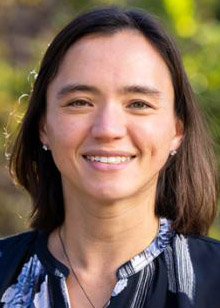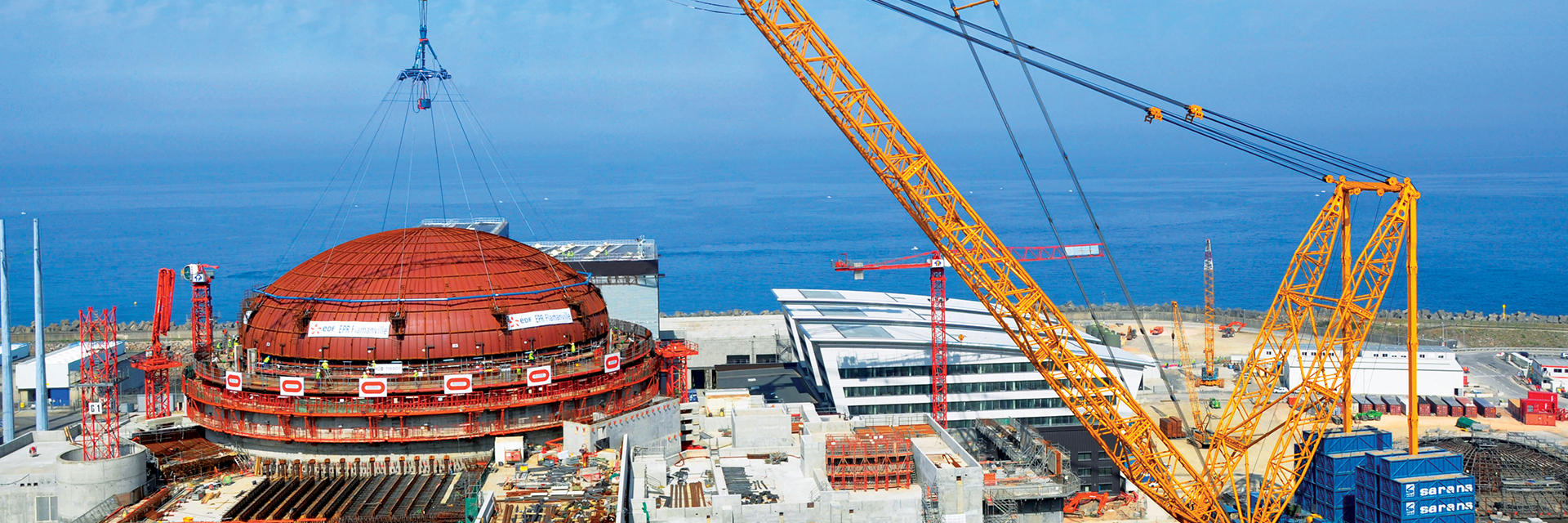Argonne research aims to improve nuclear fuel recycling and metal recovery

Servis
Scientists at Argonne National Laboratory are investigating a used nuclear fuel recycling technology that could lead to a scaled-down and more efficient approach to metal recovery, according to a recent news article from the lab. The research, led by Argonne radiochemist Anna Servis with funding from the Department of Energy’s Advanced Research Projects Agency–Energy (ARPA-E), could have an impact beyond the nuclear fuel cycle and improve other high-value metal processing, such as rare earth recovery, according to Argonne.
The research: Servis’s work is being carried out under ARPA-E’s CURIE (Converting UNF Radioisotopes Into Energy) program. The specific project—Radioisotope Capture Intensification Using Rotating Packed Bed Contactors—started in 2023 and is scheduled to end in January 2026.



